- Why Fertilise Winter Garlic?
- 1. Nutrient replenishment
- 2. Enhanced root development
- 3. Increased bulb size and yield
- 4. Disease resistance
- 5. Overall plant health
- Preparing the Ground for Fertilisation
- Remove Weeds and Debris
- Loosen the Soil
- Test the Soil
- Apply Organic Matter
- Choose the Right Fertiliser
- Follow Fertiliser Instructions
- Maintain Good Watering Practices
- Choosing the Right Fertiliser
- Nutrient Requirements of Winter Garlic
- Soil Condition
- Types of Fertiliser
- Application and Timing
- Conclusion
- When to Fertilise Winter Garlic
- How to Apply Fertiliser
- Common Mistakes to Avoid
- Monitoring and Adjusting Fertiliser Application
- Visual Inspection
- Soil Testing
- Fertiliser Dosage Adjustment
- Record Keeping
- “Question-Answer”
- What is winter garlic and why is it fertilized in spring?
- When is the best time to fertilize winter garlic in spring?
- What type of fertilizer should I use for winter garlic in spring?
- How often should I fertilize winter garlic in spring?
- Can I use organic fertilizers for winter garlic in spring?
- How much fertilizer should I apply to winter garlic in spring?
- “Video” How to Plant & Grow Garlic in the Spring – 4 Weeks of Cold Temperatures: Two Minute TRG Tips
Winter garlic is a hardy crop that can survive even the harshest winter conditions. However, to ensure optimal growth and yield, it is important to provide the plant with the necessary nutrients. Fertilising winter garlic in spring is a crucial step in enhancing ground growth and promoting healthy bulb development.
When it comes to fertilising winter garlic in spring, timing is key. It is recommended to wait until the soil has thawed and dried out before applying any fertilizer. This usually occurs in early spring when the ground is no longer frozen. Applying fertilizer too early can lead to nutrient runoff and waste, while applying it too late may not give the plant enough time to absorb the nutrients before harvest.
There are several different types of fertilizers that can be used to enhance ground growth in winter garlic. Organic options, such as compost or well-rotted manure, are popular choices among many gardeners. These fertilizers not only provide essential nutrients but also improve soil structure and fertility. Inorganic fertilizers, such as nitrogen-based blends, can also be used but should be applied with caution to avoid over-fertilisation and potential plant damage.
When applying fertilizer to winter garlic, it is important to follow the recommended dosage and application method. Generally, the fertilizer should be spread evenly around the base of the plants, taking care to avoid direct contact with the foliage. Watering the plants thoroughly after fertilising will help to ensure proper nutrient uptake. It is also important to monitor the plants closely for any signs of nutrient deficiencies or excesses, as adjustments may need to be made to the fertilisation regimen.
In conclusion, fertilising winter garlic in spring is a crucial step in enhancing ground growth and promoting healthy bulb development. By choosing the right type of fertilizer, applying it at the correct time, and following proper application methods, gardeners can ensure optimal growth and yield. Remember to monitor the plants closely and make adjustments as needed to provide the best care for your winter garlic crop.
Why Fertilise Winter Garlic?
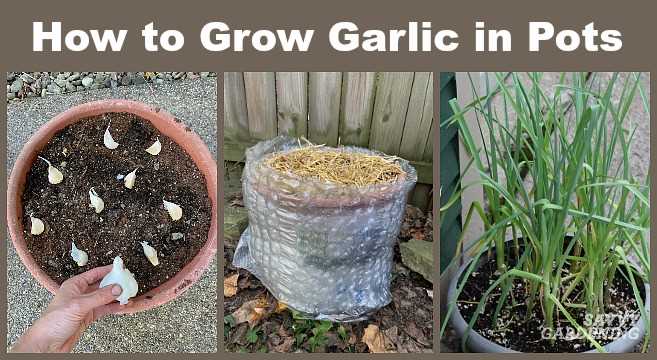
Growing winter garlic requires careful attention to ensure healthy and vigorous growth. Fertilising winter garlic in spring is an essential step in promoting optimal ground growth and ensuring a successful harvest. There are several reasons why it is important to fertilise winter garlic:
1. Nutrient replenishment
After the long winter dormancy period, winter garlic may have depleted essential nutrients in the soil. Fertilising in spring provides a much-needed boost to replenish these nutrients, ensuring that the garlic plants have access to everything they need for robust growth.
2. Enhanced root development
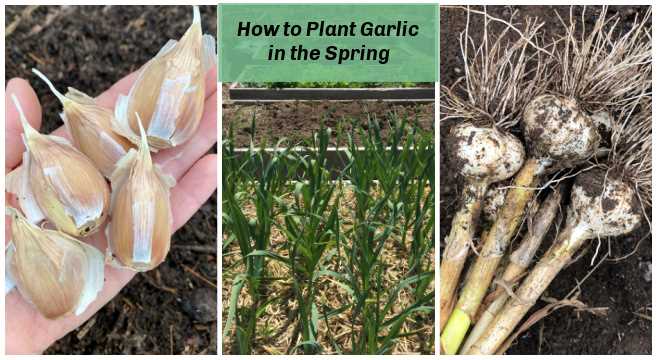
Fertilisers rich in phosphorus and potassium help stimulate root growth in winter garlic plants. This is especially important as winter garlic relies heavily on a healthy root system to anchor itself in the ground and absorb nutrients and moisture from the soil.
3. Increased bulb size and yield
Fertilising winter garlic in spring with the right nutrients can significantly increase bulb size and overall yield. Nitrogen-rich fertilisers promote leafy growth, while balanced fertilisers provide the necessary nutrients to support bulb development. By fertilising, you can ensure that your winter garlic bulbs reach their full potential.
4. Disease resistance
Healthy, well-nourished plants are generally more resistant to diseases and pests. Fertilising winter garlic helps strengthen its immune system and improves its ability to ward off common diseases and pests that may threaten its growth and yield.
5. Overall plant health
Proper fertilisation not only promotes the growth and yield of winter garlic but also contributes to the overall health and vigor of the plants. Well-fed garlic plants are less susceptible to stress, are more capable of withstanding adverse weather conditions, and have a better chance of producing high-quality bulbs.
To achieve these benefits, it is crucial to use the right type and amount of fertiliser, and to follow the recommended application timing. The specific fertilisation needs may vary depending on factors such as soil conditions, previous fertiliser applications, and the garlic variety being grown. Consulting with a local expert or agricultural extension office can provide valuable guidance tailored to your specific growing conditions.
Preparing the Ground for Fertilisation
Before applying fertiliser to your winter garlic in spring, it is important to prepare the ground adequately. Proper preparation will ensure that the soil is ready to receive and utilize the nutrients from the fertiliser, resulting in healthier and more productive garlic plants.
Remove Weeds and Debris
Begin by removing any weeds, grass, or other debris from the garlic bed. Weeds compete with the garlic plants for nutrients and can hinder their growth. Removing them will also make it easier to apply the fertiliser evenly.
Loosen the Soil
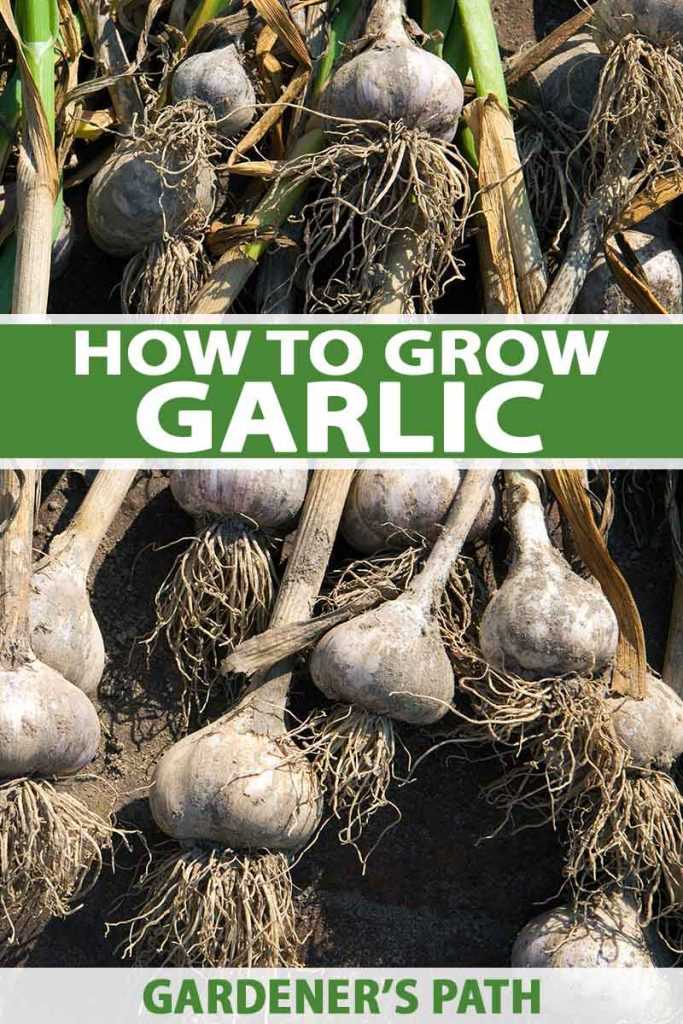
Using a garden fork or spade, loosen the soil in the garlic bed. This will improve the drainage and aeration of the soil, allowing the roots of the garlic plants to access the nutrients more easily. Loosening the soil will also help the fertiliser penetrate deeper into the ground.
Test the Soil
It is recommended to test the soil before fertilising to determine its nutrient levels and pH. This can be done using a soil testing kit or by sending a sample to a laboratory. The results will help you choose the right type and amount of fertiliser to apply.
Apply Organic Matter
Before fertilising, consider adding some organic matter to the soil, such as compost or well-rotted manure. Organic matter improves soil structure, moisture retention, and nutrient availability. Spread a layer of organic matter over the garlic bed and mix it into the top few inches of soil.
Choose the Right Fertiliser
Based on the soil test results, choose a fertiliser that is appropriate for garlic and the specific nutrient deficiencies of your soil. Look for a fertiliser that is high in nitrogen, phosphorus, and potassium (NPK), which are essential for plant growth. Organic fertilisers, such as fish emulsion or bone meal, are often preferred for their slow-release and environmentally friendly characteristics.
Follow Fertiliser Instructions
When applying the fertiliser, follow the manufacturer’s instructions for the correct amount and method of application. Over-fertilisation can harm the garlic plants, so it is important not to exceed the recommended dosage. It is also recommended to water the garlic bed after fertilising to ensure the nutrients are properly absorbed by the soil.
Maintain Good Watering Practices
In addition to fertilising, maintaining proper watering practices is essential for the health of your garlic plants. Garlic requires consistent moisture, so water the bed regularly, especially during dry periods. Avoid overwatering, as excessive moisture can lead to disease and rot.
By properly preparing the ground for fertilisation, you can contribute to the overall health and productivity of your winter garlic. Taking these steps will help ensure that the fertiliser is effectively absorbed by the soil and utilized by the garlic plants, resulting in a bountiful harvest.
Choosing the Right Fertiliser
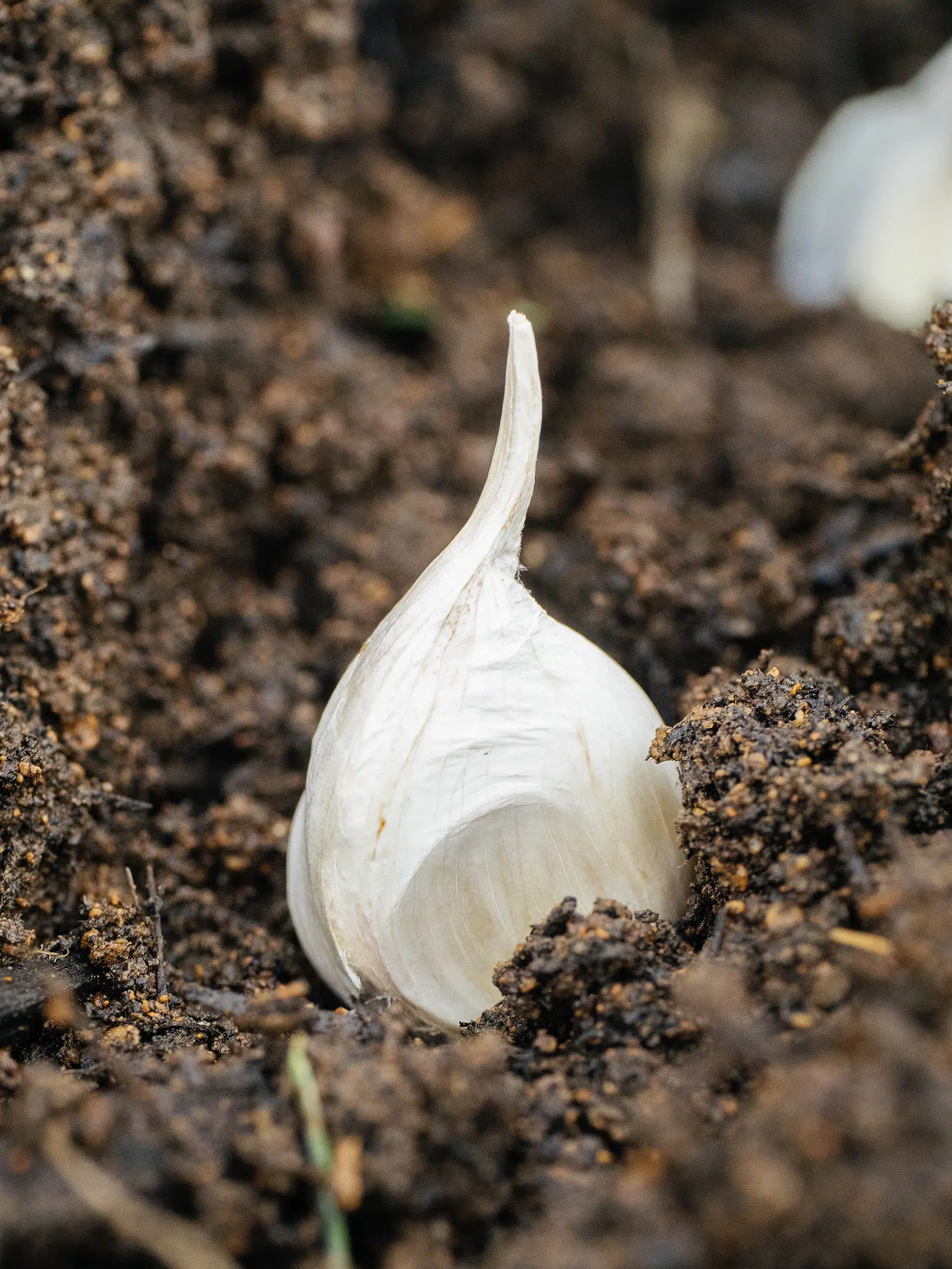
When it comes to fertilising winter garlic in the spring, choosing the right fertiliser is essential for enhancing ground growth and ensuring a healthy crop. There are several factors to consider when selecting a fertiliser, including the nutrient requirements of winter garlic and the overall condition of the soil.
Nutrient Requirements of Winter Garlic
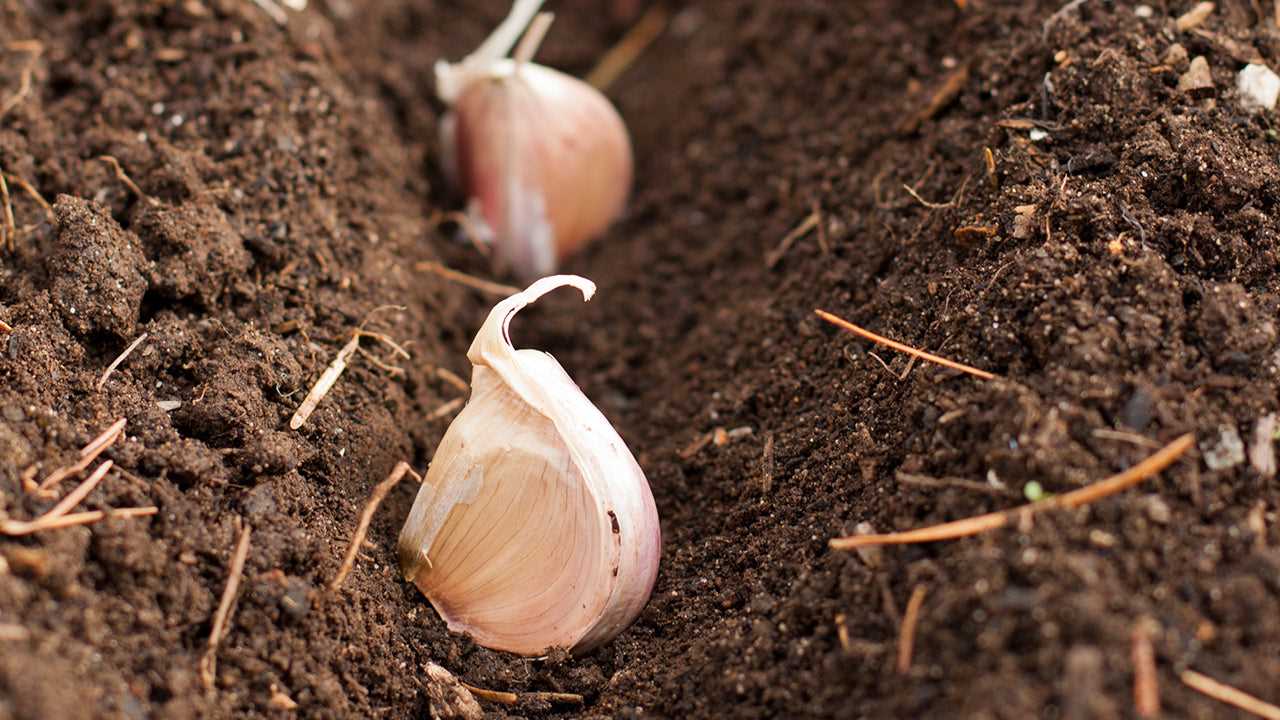
Winter garlic has specific nutrient needs that vary throughout its growth cycle. In the spring, as the garlic begins actively growing, it requires a balanced fertiliser that provides essential nutrients such as nitrogen, phosphorus, and potassium. These macronutrients are essential for promoting healthy leaf growth, root development, and overall plant vigor.
In addition to macronutrients, winter garlic also benefits from micronutrients, including iron, manganese, and zinc. These trace elements are necessary for various metabolic processes and can be provided through specialised fertilisers or through a balanced mix of compost and organic matter.
Soil Condition
Before selecting a fertiliser, it is important to assess the condition of the soil. Conducting a soil test will provide insight into the pH level, nutrient deficiencies, and other factors that may affect plant growth. Based on the soil test results, you can choose a fertiliser that addresses specific deficiencies and helps improve the overall health of the soil.
If the soil is acidic, limestone or dolomite lime can be added to raise the pH level and ensure proper nutrient uptake. On the other hand, if the soil is alkaline, elemental sulfur or acidifying fertilisers can be used to lower the pH.
Types of Fertiliser
There are various types of fertilisers available, including organic and synthetic options. Organic fertilisers, such as compost, manure, and bone meal, are derived from natural sources and release nutrients slowly over time. These fertilisers improve soil quality and promote long-term soil health.
Synthetic fertilisers, on the other hand, are chemically formulated and provide an immediate nutrient boost to plants. They can be customised to address specific nutrient deficiencies and are often easier to apply in precise quantities. However, synthetic fertilisers can be more expensive and may have a negative impact on the environment if overused or mismanaged.
Application and Timing
Once you have chosen the right fertiliser for your winter garlic, it is important to apply it at the appropriate time. Generally, fertilising is done when the soil is moist and the garlic plants have started to show signs of active growth. Applying fertiliser too early in the spring can lead to nutrient leaching, while applying it too late may not provide the necessary benefit for the plants.
When applying fertiliser, it is important to follow the instructions on the packaging and avoid over-fertilising, as this can lead to nutrient imbalances and other plant health issues. Additionally, it is important to water the plants after fertilising to ensure proper nutrient uptake and to prevent root burn.
Conclusion

Choosing the right fertiliser for winter garlic in the spring is crucial for promoting healthy growth and ensuring a bountiful harvest. By considering the nutrient requirements of winter garlic, the condition of the soil, and selecting the appropriate fertiliser type, you can provide the necessary nutrients for your garlic plants and help them thrive throughout the growing season.
When to Fertilise Winter Garlic
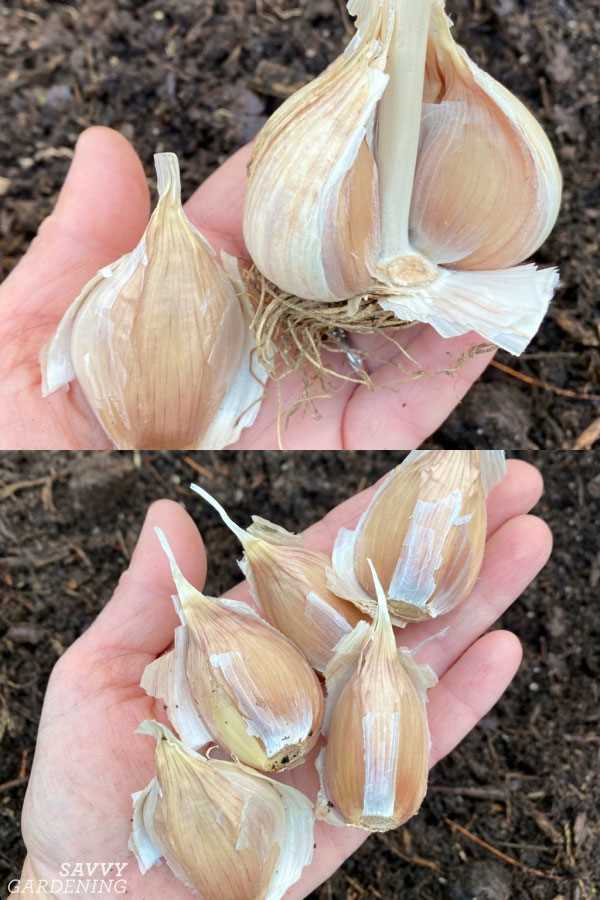
Timing your fertilisation for winter garlic is crucial to ensure optimal growth and development. Here are some guidelines to follow:
- Before Planting: It is recommended to incorporate organic matter or compost into the soil before planting your winter garlic. This will provide a nutrient-rich environment for your garlic to grow in.
- Early Spring: Once winter garlic has emerged from the ground in early spring, it is a good time to apply a balanced fertilizer. Look for a fertilizer with a ratio of nitrogen (N), phosphorus (P), and potassium (K) such as 10-10-10 or 14-14-14. This will help promote healthy growth and provide essential nutrients.
- Throughout the Growing Season: It is important to monitor the growth of your winter garlic closely. If you notice any signs of nutrient deficiencies, such as yellowing leaves or stunted growth, you may need to apply additional fertiliser. Consider using a fertilizer that is specifically formulated for garlic or other bulb crops.
Remember to always follow the instructions provided by the manufacturer when applying fertiliser. Over-fertilisation can lead to nutrient imbalances and damage to your winter garlic plants.
How to Apply Fertiliser
Applying fertiliser to winter garlic in spring is an essential step in enhancing ground growth and ensuring a healthy crop. The following steps outline the best practices for applying fertiliser to your winter garlic:
- Choose the Right Fertiliser: Select a fertiliser that is high in nitrogen, as this nutrient is crucial for promoting leaf and stem growth. Look for fertilisers with a balanced NPK ratio.
- Timing: Apply fertiliser to your winter garlic plants once the soil has thawed and the plants have started to grow. This is typically in early spring.
- Apply at the Right Rate: Follow the instructions on the fertiliser package to determine the correct application rate for your winter garlic. Over-fertilising can lead to nutrient burn, while under-fertilising may result in stunted growth.
- Spread the Fertiliser Evenly: Use a spreader, such as a handheld broadcast spreader or a walk-behind spreader, to evenly distribute the fertiliser over the soil. This will ensure that all the garlic plants receive an equal amount of nutrients.
- Avoid Contact with the Garlic Plants: Take care not to let the fertiliser come into direct contact with the garlic plants, as this can burn the leaves and stems. Keep a distance of at least a few inches between the fertiliser and the plants.
- Water the Plants: After applying the fertiliser, water the garlic plants thoroughly to help incorporate the nutrients into the soil. This will also prevent the fertiliser from sitting on the surface and potentially burning the plants.
- Monitor the Plants: Keep an eye on the growth and health of your winter garlic plants after fertilising. Look for signs of nutrient deficiency or excess, such as yellowing leaves or wilting. Adjust the fertiliser application as needed.
By following these steps, you can ensure that your winter garlic plants receive the necessary nutrients for optimal growth and a bountiful harvest.
Common Mistakes to Avoid
- Over-fertilizing: One of the most common mistakes when fertilizing winter garlic in spring is applying too much fertilizer. Over-fertilization can lead to excessive growth, weak plants, and even nutrient runoff. It is important to follow the recommended dosage and avoid overdoing it.
- Skipping soil testing: Another common mistake is not testing the soil before fertilizing. Soil testing helps determine the current nutrient levels and pH of the soil, which is crucial in determining the appropriate type and amount of fertilizer to apply. Skipping this step can result in imbalanced nutrient levels and improper growth.
- Using the wrong type of fertilizer: It is essential to select a fertilizer specifically designed for garlic or vegetables. Using the wrong type of fertilizer, such as one intended for lawns or flowers, can lead to nutrient deficiencies or excessive growth. Always choose a fertilizer formulated for garlic and follow the instructions for application.
- Applying fertilizer at the wrong time: Timing is critical when fertilizing winter garlic in spring. Applying fertilizer too early or too late can result in ineffective nutrient uptake or damage to the plants. It is recommended to apply fertilizer when the soil has thawed and the plants have started actively growing.
- Not considering the weather conditions: Fertilizing winter garlic in spring should take into account the current weather conditions. Applying fertilizer during a heavy rainfall can cause nutrient runoff, while applying it during a drought may not provide adequate moisture for the plants to absorb the nutrients. Check the weather forecast and adjust your fertilization schedule accordingly.
- Failing to water properly: Watering plays a crucial role in the effectiveness of fertilization. After applying fertilizer, it is important to water the plants thoroughly to help dissolve and distribute the nutrients. Failing to water properly can result in uneven nutrient distribution and reduced growth.
- Not following safety guidelines: When handling and applying fertilizers, it is important to follow the safety guidelines provided by the manufacturer. Fertilizers can be hazardous if not used properly, so always wear protective clothing, gloves, and goggles. Store fertilizers in a safe place away from children and pets.
Avoiding these common mistakes can help ensure the successful fertilization of winter garlic in spring. Taking the time to properly assess the soil, choose the right fertilizer, apply it at the appropriate time, and follow safety guidelines can result in healthy and productive garlic plants.
Monitoring and Adjusting Fertiliser Application
Monitoring the growth and development of winter garlic plants is essential for ensuring optimal fertiliser application. By regularly assessing the condition of the plants, you can make informed decisions about adjusting the type and amount of fertiliser used.
Visual Inspection
Regular visual inspections of winter garlic plants can provide valuable insights into their overall health and nutrient requirements. Look for signs of nutrient deficiencies, such as yellowing or discoloration of leaves, stunted growth, or wilting.
If you notice any of these symptoms, it may indicate that the plants are not receiving adequate nutrients from the current fertiliser application. Adjustments to the fertiliser type or dosage may be necessary to address these deficiencies.
Soil Testing
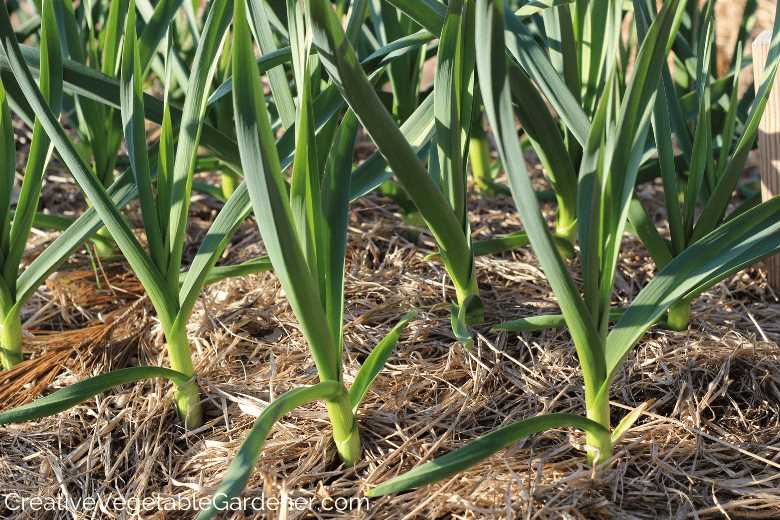
Performing soil tests is another effective way to monitor and adjust fertiliser application for winter garlic. Soil testing enables you to assess the nutrient levels and pH balance of the soil, providing valuable information on whether the current fertiliser programme is meeting the plant’s nutritional needs.
Based on the soil test results, you can make targeted adjustments to the fertiliser application. For example, if the test shows low nitrogen levels, you may need to supplement with a nitrogen-rich fertiliser. Similarly, if the pH is too high or low, you can adjust it with appropriate soil amendments.
Fertiliser Dosage Adjustment
It is crucial to adjust the fertiliser dosage based on the specific requirements of winter garlic plants. As the plants grow and develop, their nutrient needs change.
During the early stages of growth, a lighter fertiliser application may be sufficient. However, as the plants mature and enter the bulb formation phase, they require more nutrients to support their development. Adjusting the fertiliser dosage accordingly ensures that the plants receive the necessary nutrients at each stage of growth.
Record Keeping
Maintaining records of fertiliser application and adjustments made can help track the effectiveness of different fertiliser types and dosages. By keeping detailed records, you can identify patterns and trends in plant response to specific fertilisers, allowing for better decision-making in the future.
Record essential information such as the type of fertiliser used, application dates, dosages, and any observable changes in plant health. This valuable data will serve as a reference for future winter garlic crops and contribute to the overall improvement of fertiliser application practices.
“Question-Answer”
What is winter garlic and why is it fertilized in spring?
Winter garlic is a type of garlic that is planted in the fall and harvested in the spring. It is fertilized in spring to enhance its growth and ensure a bountiful harvest.
When is the best time to fertilize winter garlic in spring?
The best time to fertilize winter garlic in spring is when the soil is beginning to warm up and the garlic plants are actively growing. This is usually around late March or early April.
What type of fertilizer should I use for winter garlic in spring?
For winter garlic in spring, it is recommended to use a balanced fertilizer with equal amounts of nitrogen, phosphorus, and potassium. This will provide the necessary nutrients for healthy growth.
How often should I fertilize winter garlic in spring?
It is recommended to fertilize winter garlic in spring every 4-6 weeks. This will ensure a continuous supply of nutrients for the growing plants.
Can I use organic fertilizers for winter garlic in spring?
Yes, organic fertilizers can be used for winter garlic in spring. Organic options such as compost, manure, or bone meal can provide the necessary nutrients and improve soil health.
How much fertilizer should I apply to winter garlic in spring?
The amount of fertilizer to apply to winter garlic in spring depends on the size of your garlic patch. As a general guideline, use 1-2 pounds of balanced fertilizer for every 100 square feet of garlic bed.







